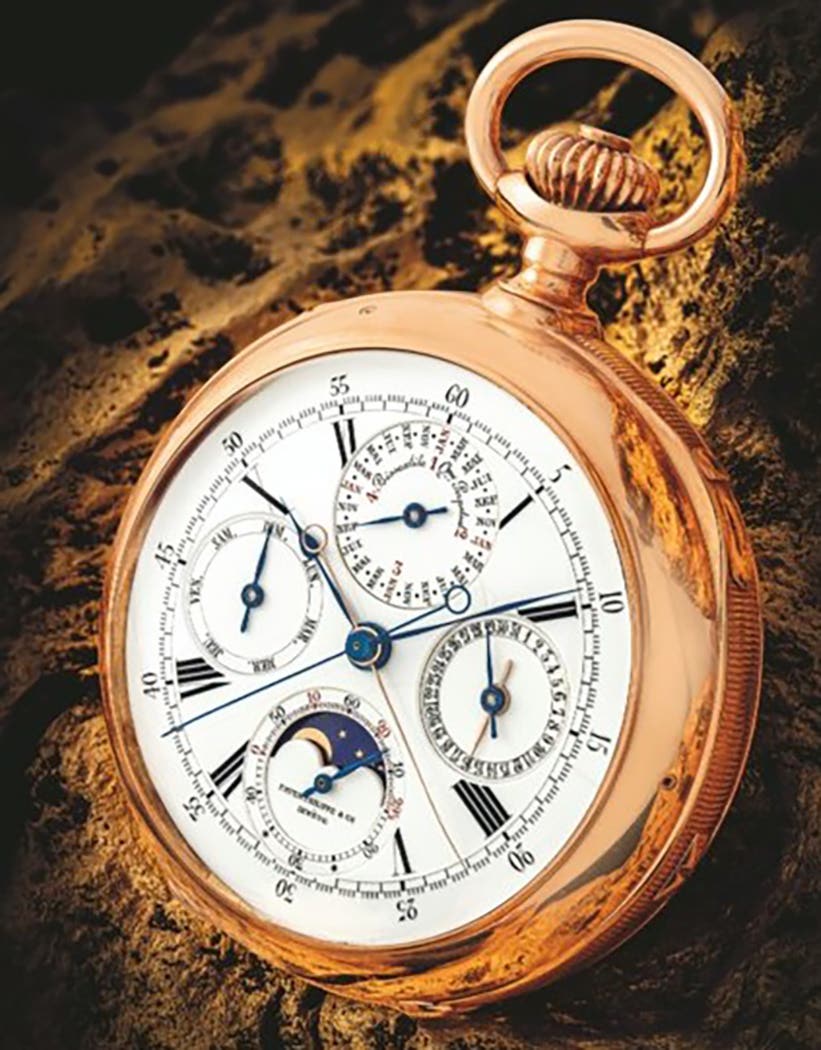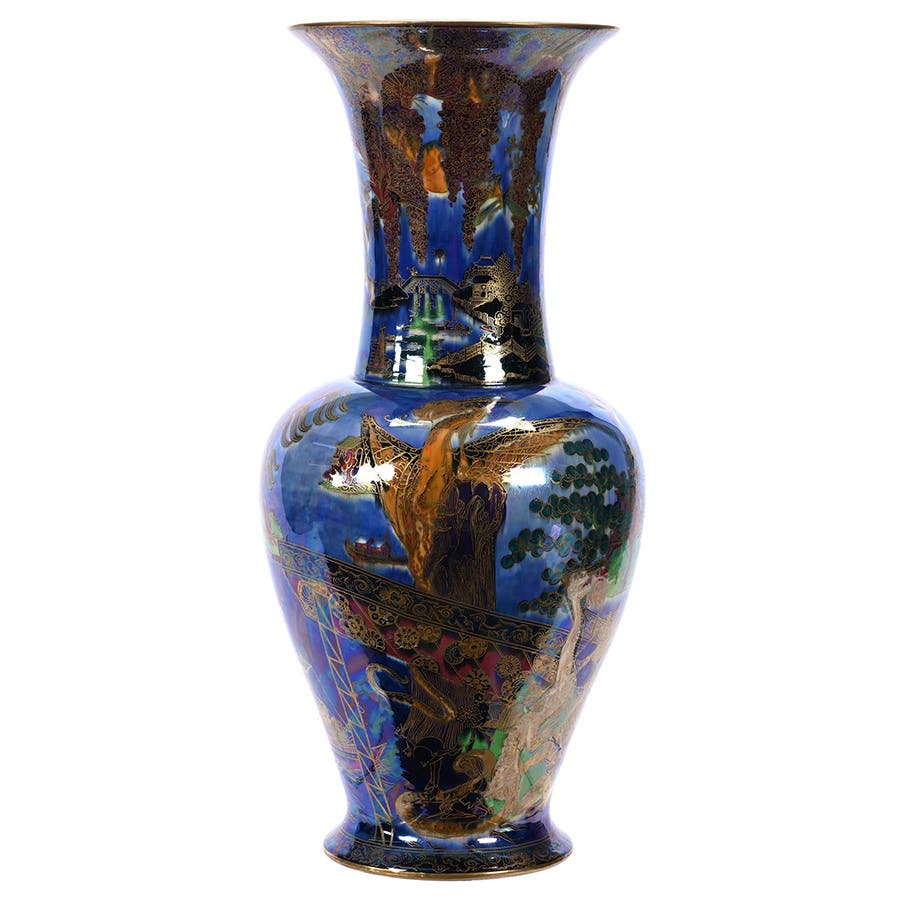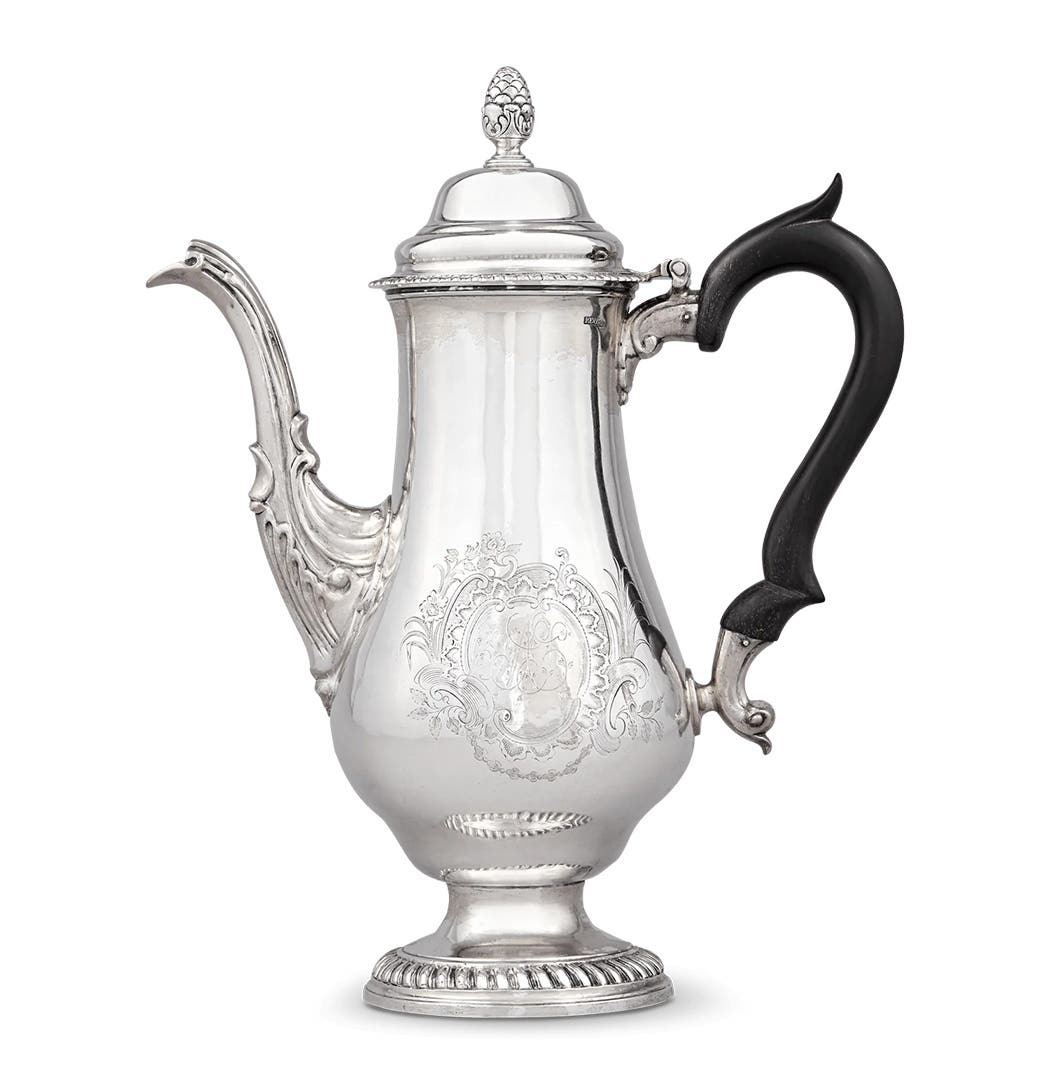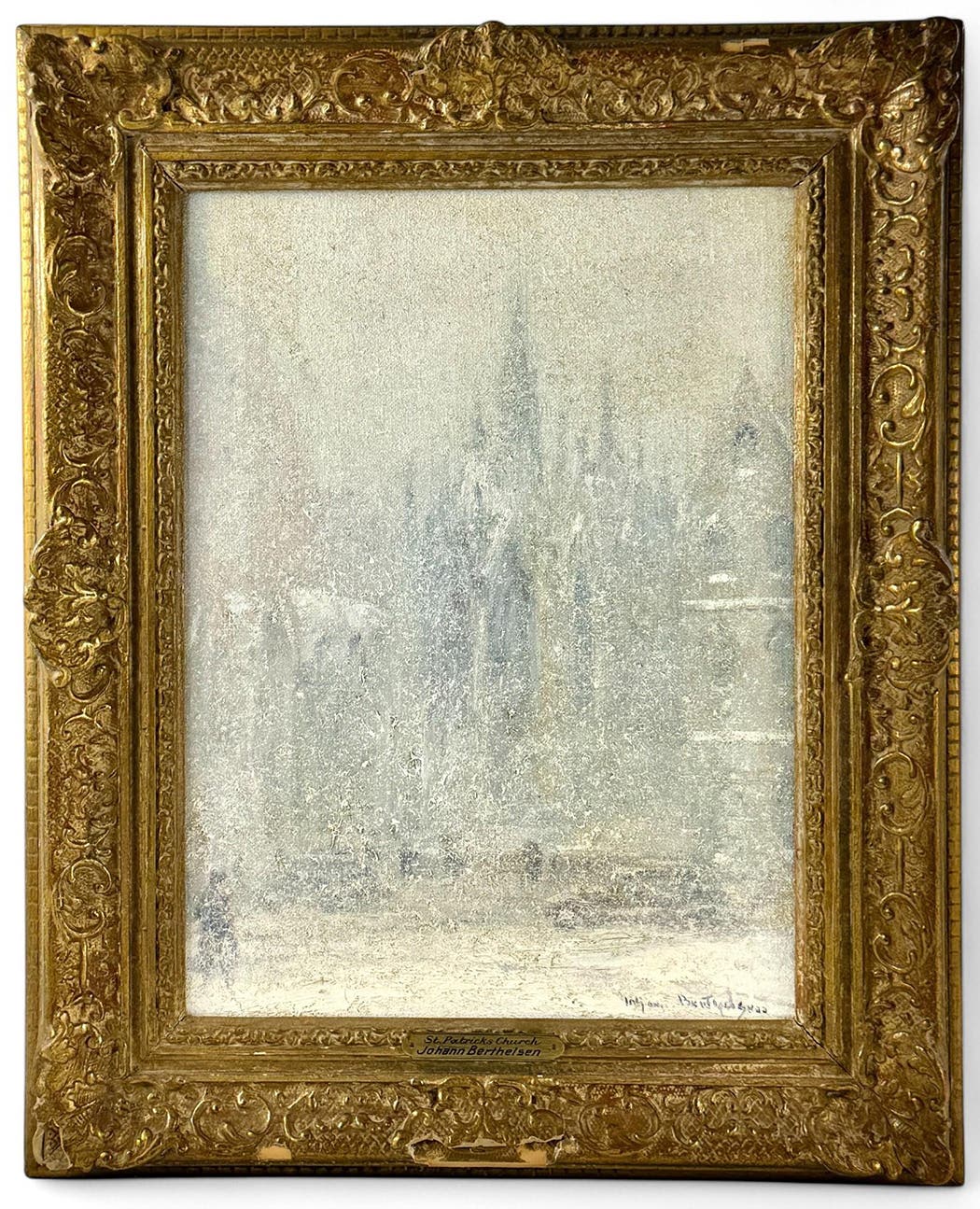Rocking toward the truth about American rockers
Primarily utilized by women at first, by the 20th century, rocking chairs were used universally. In the April 29, 2015 issue of Antique Trader, Furniture Detective Fred Taylor explores the evolution of the American rocking chair.
As Americans, we have a lot to be proud about in the field of furniture. We perfected the
English idea of the Windsor chair. We developed several new styles like American Neoclassical and the forms of furniture we have conjured up is almost limitless. But one thing we smugly congratulate ourselves on is definitely not of our own making.
In the 1928 book “The Rocking Chair – An American Institution,” the authors, Walter A.
Dyer and Ester S. Fraser, not only give America credit for the rocking chair, they specifically assign its invention to Benjamin Franklin. Old Ben invented a lot of things, like bifocal glass and electric kites, but there is strong evidence today – more than 80 years after the book was published –, that he did not invent the rocking chair. Nor did any other American. The authors date the first American rocker to 1774, and the first European rocker to 1840.
The first recorded use of curved “skates” applied to stationary furniture was in the Italian Renaissance of the 15th century. The curved wooden pieces were attached to cradles to hasten sleep. Cradles like this were much easier to make than the predecessor, which was a cradle hollowed out in a log with a round bottom so that it could rock. The first use of the term “rocker” was not applied to the mobile cradle but to the person in charge of the motion – the rocker.
But for 300 years no one apparently thought of applying those same curved appliances to regular chairs – or did they? The book “The American Chair 1630-1890” by Marion Day Iverson hints all around the Franklin rumor citing the same sources used by Dyer and Fraser, but concedes that chairs with rockers on them appeared much earlier. She states that true rockers originally designed to be rocking chairs were only those originally made with legs large enough and strong enough to receive the application of rockers. She presents one chair that meets that requirement – a heavy-legged slat-back rocker from 17th century New England – well before Ben’s time. There is also evidence of an English Yorkshire chair, made in 1630, being fitted with added rockers in 1710. There is even a six-legged Swedish rocker called the “gungstol” that was designed as a rocker and was made as early as 1740.
Let’s nevermind who invented it. The idea of rocking furniture became immensely popular. After the Revolution, many chair makers and cabinet makers advertised the “adding of rockers” in their standard bill of fare, although it seems that not many people were making rocking chairs from scratch. One exception was a chair maker named William Seaver. He worked in Boston 1790-1803 making both Windsor rocking cradles and Windsor rocking chairs such as the one seen on page 117 of “Field Guide to American Antique Furniture” by Joseph T. Butler.
Around 1825 a Windsor variation called the “Boston” rocker appeared on the scene. By this time the American Windsor had evolved way past its English ancestry to become a
purely American form, losing the hoop back and acquiring a rectangular or shaped crest rail. The Boston coupled that with a very comfortable sculpted seat that rose high in the back and rolled off in the front. The chairs were not made only in Boston, and there is confusion about why the chair is called by the city’s name. Many chair makers in New England made variations of the Boston including Lambert Hitchcock.
There is no confusion about the popularity of the chair. Antiques researcher and author Helen Comstock notes in her book “American Furniture” (Schiffer), “The popularity of the Boston rocker has possibly taken it into more American homes than any other type chair.”
That’s a pretty strong statement for a chair that was generally used by only one gender: female. Men of the Victorian era were never seen in rocking chairs, at least not in public. Rockers were for women who otherwise were advised to sit still, be quiet and to fold their hands in their lap. The rocking chair was an outlet. Rockers were even eventually added to one of the most strictly enforced Victorian mores, that of the ritual of the parlor set.
Of course there are few obvious anomalies to that general gender rule. Abraham Lincoln was sitting in a Rococo Revival rocker when he was assassinated in Ford’s Theater, Napoleon kept one in his villa in Italy and social iconoclast Samuel Langhorne Clemens (Mark Twain) was very much a fan of his rocker.
It wasn’t until the chair came out – to the porch – that men were generally seen comfortably ensconced in them. It seemed that being outside was different from being in the parlor with all of its associated rules and mores.
By the 20th century, rocking chair use was universal and eclectic, a favorite of generals and presidents as well as working people with aching backs. The form has inspired possibly more creative designs than any other form of furniture. All it has to do is rock safely and sit comfortably. Everything after that is just design enthusiasm.
With more than 30 in the antique furniture business, Fred Taylor is a household name when it comes to the practical methods of identifying older and antique furniture: construction techniques; construction materials; and style.








